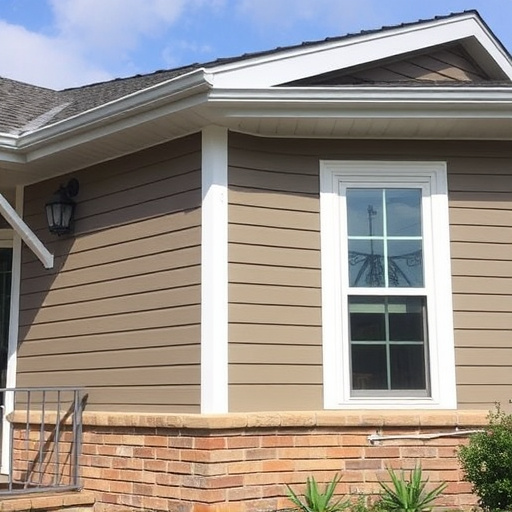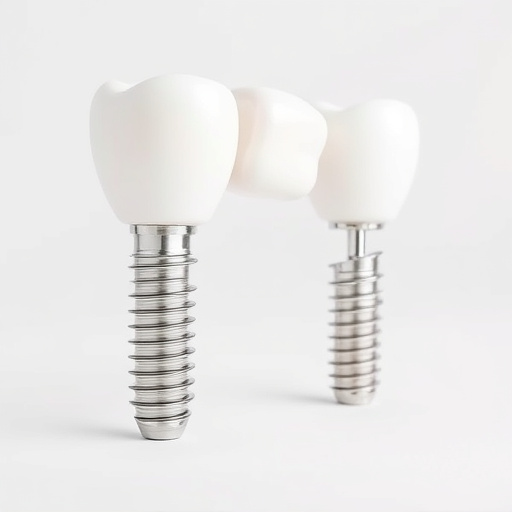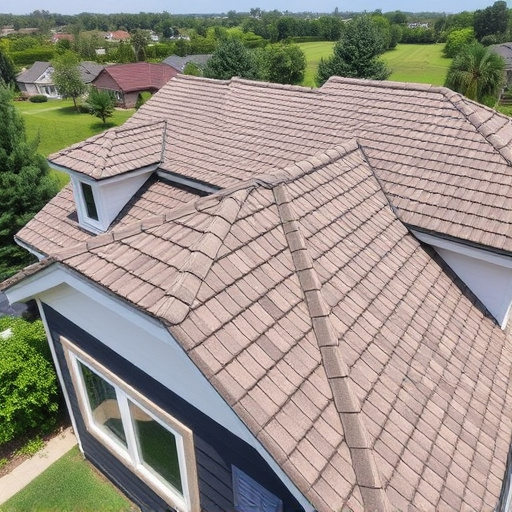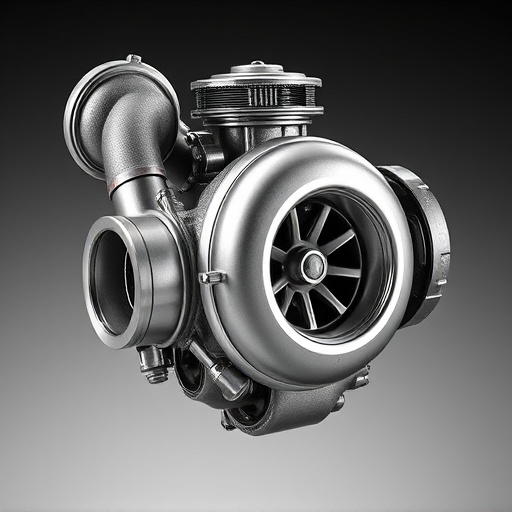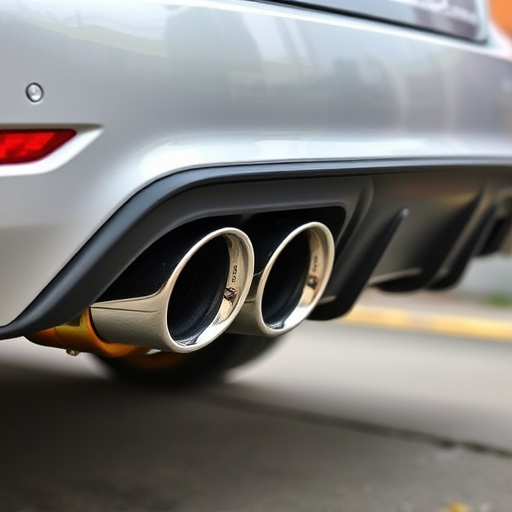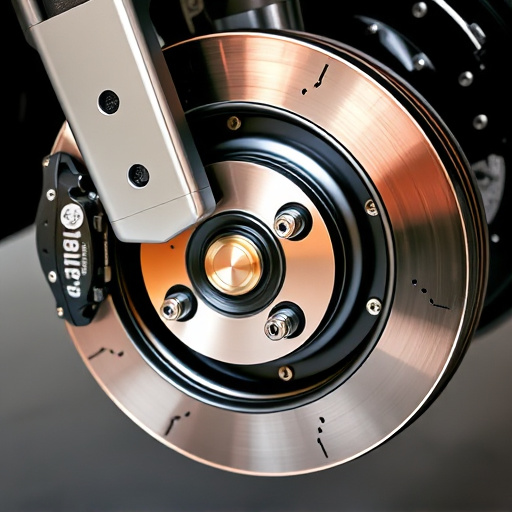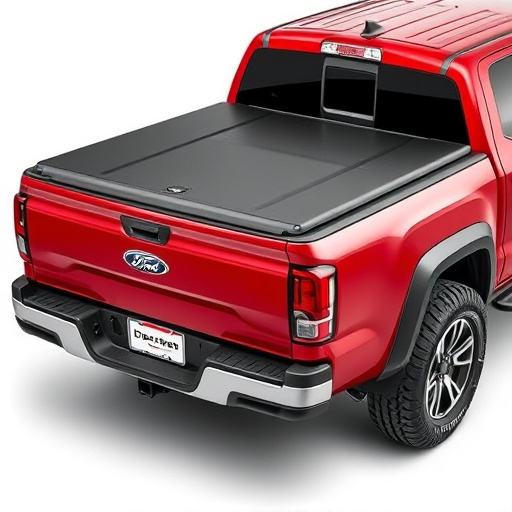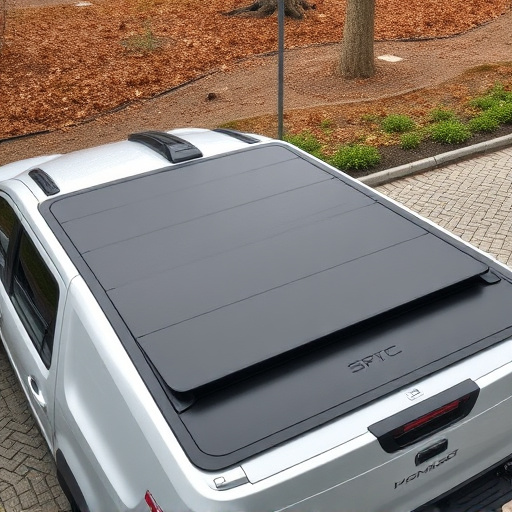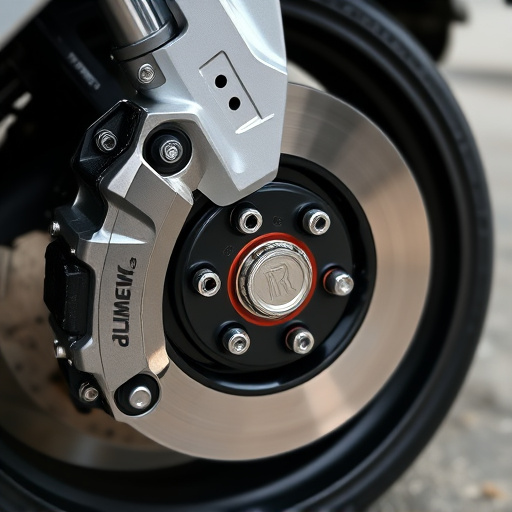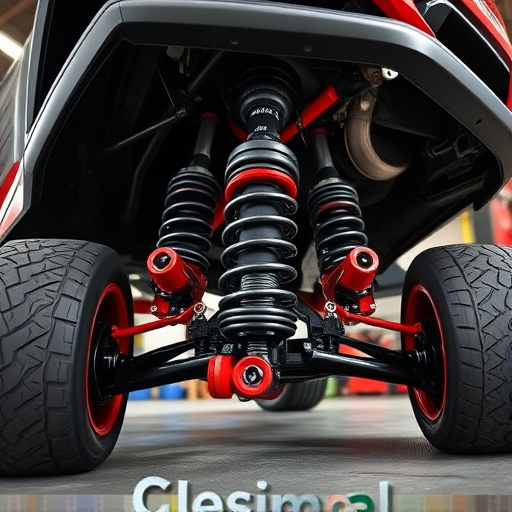Muffler delete pipes boost vehicle performance by increasing exhaust flow and engine power, but require proper installation and consideration of noise levels and backpressure. Choosing the right setup based on engine type and driving style is essential. Installation involves removing old parts, installing new pipes with gaskets and bolts, and reattaching supports, with testing recommended for optimal gains.
Looking to boost your vehicle’s performance? Consider installing muffler delete pipes, a popular modification among car enthusiasts. This guide breaks down everything you need to know about muffler deletes, from understanding their benefits and requirements to choosing the right components for your specific vehicle. We then provide a detailed step-by-step installation guide to ensure a safe and effective process.
- Understanding Muffler Delete Pipes: Benefits and Requirements
- Choosing the Right Exhaust System Components for Your Vehicle
- Step-by-Step Guide: Installing Muffler Delete Pipes Safely and Effectively
Understanding Muffler Delete Pipes: Benefits and Requirements
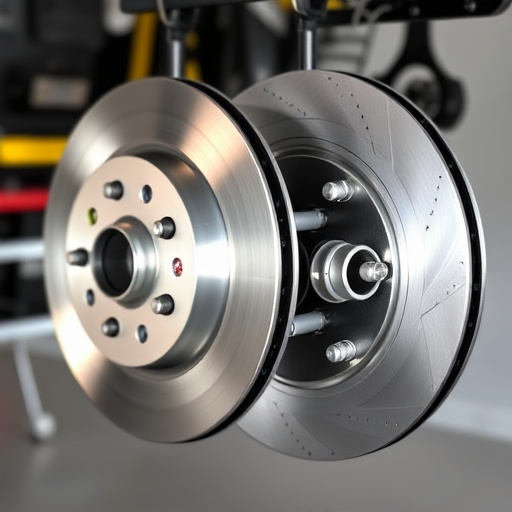
Muffler delete pipes are a popular modification among car enthusiasts looking to enhance their vehicle’s performance. These pipes, also known as exhaust deletions or muffler eliminators, remove the muffler and part of the exhaust system, offering several advantages. By eliminating restrictions in the exhaust flow, they allow for greater airflow, which can result in improved engine power and torque. This modification is often sought after by those who want to enhance their car’s acceleration and overall driving experience, especially when paired with high-performance parts like upgraded fuel injectors or a tunable engine control unit.
However, it’s crucial to understand that removing the muffler isn’t just about achieving better performance; it also comes with certain requirements and considerations. For instance, without a muffler, the vehicle may produce louder exhaust noise, which could be a legal concern in some areas. Additionally, proper installation is essential to ensure optimal gas flow and prevent potential damage to brake components due to increased backpressure. Therefore, while muffler delete pipes can significantly boost performance, they should be installed by experienced mechanics who understand the intricacies of automotive exhaust systems and local noise regulations.
Choosing the Right Exhaust System Components for Your Vehicle
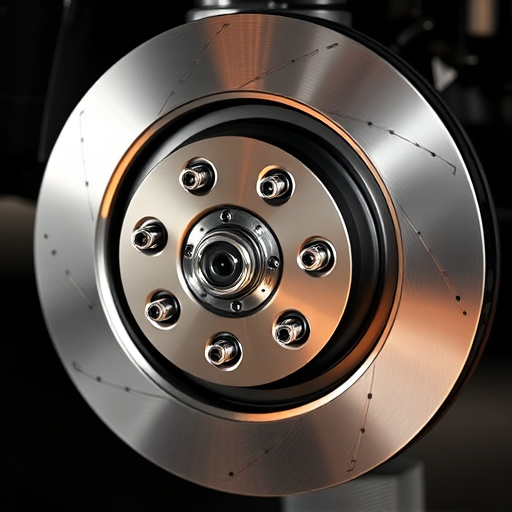
When it comes to enhancing your vehicle’s performance with a muffler delete pipe setup, selecting the appropriate exhaust system components is paramount. The right choice depends on several factors unique to your car or truck, including engine type, horsepower goals, and driving style. Start by assessing your vehicle’s current exhaust system and identifying areas for improvement.
For instance, opting for high-flow muffler delete pipes can significantly boost exhaust gas velocity, resulting in improved turbulence within the pipe, which can lead to increased horsepower and torque. Additionally, carefully consider the type of muffler tips you install, as they can range from straight-through designs for maximum flow to more muffled options for a quieter sound profile. Ensure compatibility with your vehicle’s brake pads and other critical components to ensure safe and optimal performance during high-performance driving conditions.
Step-by-Step Guide: Installing Muffler Delete Pipes Safely and Effectively
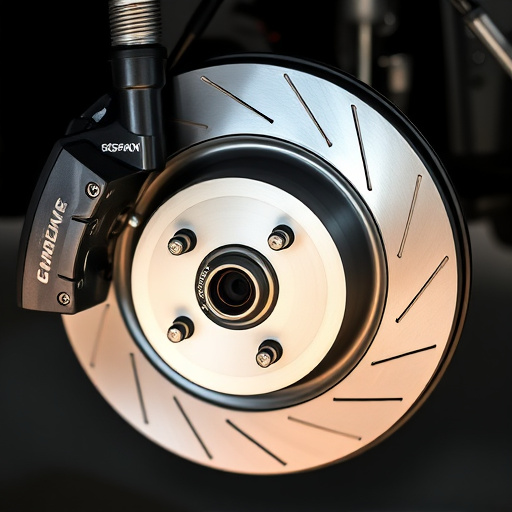
Installing muffler delete pipes can significantly enhance your vehicle’s performance by reducing backpressure and allowing for smoother exhaust flow. Here’s a step-by-step guide to ensure a safe and effective installation. First, gather all necessary tools including a jack, jack stands, wrenches, and any required hardware. Park your vehicle on a level surface and engage the parking brake. Next, locate the muffler and exhaust system components. Remove any existing muffler tips or hangers using appropriate tools, taking note of their positions for proper reassembly later.
With the old muffler system removed, install the new muffler delete pipes according to the manufacturer’s instructions. This may involve connecting them to the exhaust manifold or headers using gaskets and bolts. Ensure all connections are secure and sealed properly. Once the pipes are in place, reinstall any required hangers or supports using coilover kits for added stability if necessary. Before restarting your vehicle, double-check all connections and tighten any loose bolts. Testing the system with an air filter kit can help ensure optimal performance and efficiency gains from your muffler delete modification.
Muffler delete pipes offer a direct path to enhanced vehicle performance by reducing backpressure in your exhaust system. By removing the muffler, you unlock more power and torque, resulting in improved acceleration and overall driving experience. However, it’s crucial to select the right components and follow safe installation practices, as outlined in this guide. Remember that proper fitting and alignment are key to avoiding potential issues and ensuring optimal performance gains from your muffler delete pipes.

